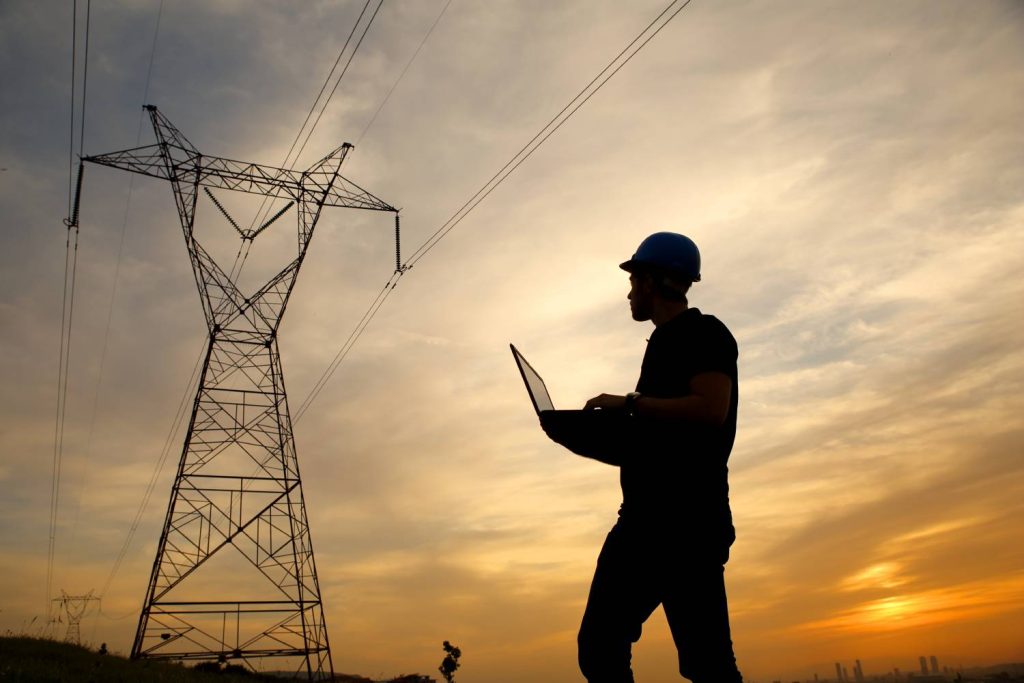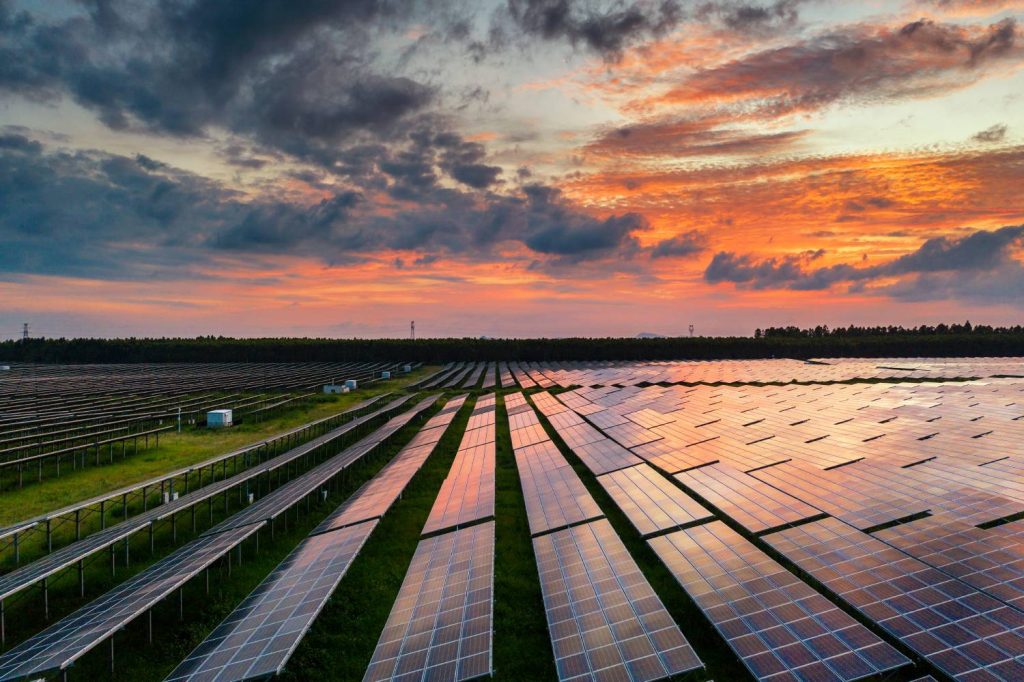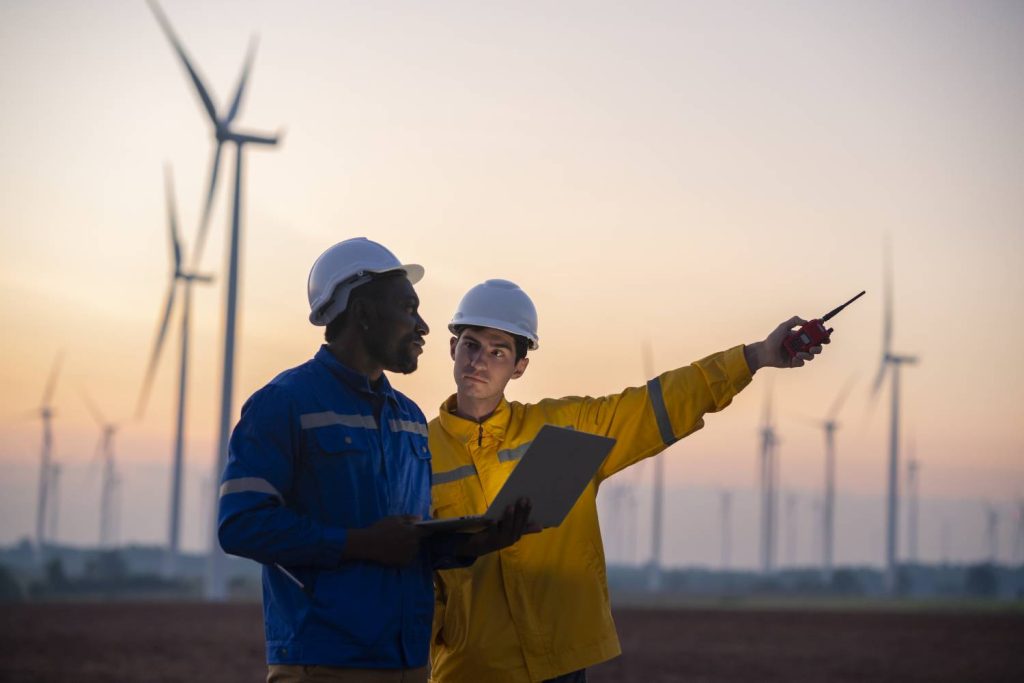A new report from the Intergovernmental Panel on Climate Change (IPCC) highlights the pressing need for prompt and resolute action across industries to tackle climate change. The report emphasizes the importance of prioritizing equity, social justice, inclusion and just transition processes to enable ambitious climate mitigation actions and climate-resilient development.
The IPCC report, titled AR6 Synthesis Report: Climate Change 2023, provides scientific consensus on the severity of the climate crisis, its primary causes and the current disastrous impacts – particularly on the most climate-vulnerable infrastructure and regions.
I’ve highlighted five essential points to help organizations grasp this report's significance and provide insight into what utilities, regulators and policymakers can do to strengthen the electric grid infrastructure using sustainable planning and innovation.
1. Prioritize carbon reduction and renewable energy investment
The IPCC report highlights the importance of prioritizing carbon reduction and renewable energy investments to combat climate change. The report also predicts global greenhouse gas (GHG) emissions will surpass anticipated levels. In response, corporations can take concrete steps to reduce their carbon footprint and promote sustainable, dependable, reasonably priced electricity and grid modernization. These steps can involve installing solar panels or wind turbines on their properties, implementing energy-efficient practices and technologies, and developing explicit plans for reducing their carbon footprint.
2. The urgent need to modernize infrastructure
Grid modernization entails upgrading transmission and distribution infrastructure to meet energy needs, improve efficiency, integrate renewable energy sources and boost system resilience. To achieve these goals, the report recommends investing in carbon-free electricity systems and alternative energy carriers, such as solar, wind and energy conservation. Another effective approach is reducing methane emissions from energy coal mining, oil and gas, and waste, which can significantly cut emissions at a cost lower than US$20 tCO2-eq-1. Additionally, the report highlights adaptation options that can promote infrastructure resilience, dependable power systems and efficient water use in existing and new energy generation systems.
Grid modernization involves upgrading infrastructure to meet energy demands, increase efficiency, integrate renewable energy sources and improve system resilience. The report recommends investment in CO2-free electricity systems and alternative energy carriers such as solar, wind and energy conservation. Reducing methane emissions from energy coal mining, oil and gas, and waste can contribute significantly to emissions reductions with costs less than $20 tCO2-eq-1. Moreover, the report presents adaptation options that support infrastructure resilience, reliable power systems and efficient water use for existing and new energy generation systems.
Investing in sustainable energy sources and efficient operational measures is crucial to mitigating climate change and reducing GHG emissions. To achieve this, it's essential for organizations to prioritize investments in alternative energy sources and infrastructure that are resilient to climate change impacts. This approach can significantly cut down carbon emissions, enhance air quality and promote a sustainable future. Therefore, taking action and investing in sustainable practices is environmentally responsible and financially smart for businesses.
3. Coordinated action is needed to reduce emissions
A coordinated effort is necessary to promote various options for reducing GHG emissions in industries and transportation. These options include demand management, energy and materials efficiency, circular material flows, abatement technologies and transformative production process changes. Moreover, investing in sustainable biofuels, low-emissions hydrogen and derivatives is crucial to mitigating climate change and reducing CO2 emissions from shipping, aviation and heavy-duty land transport. However, this transformation requires optimizing production processes and cost reductions.
Additionally, it's important to encourage the use of public transport and active modes such as cycling and walking. Prioritizing the electrification of public and freight transports and investing in electric vehicle charging infrastructure is also essential. By adopting these measures, businesses can reduce their carbon footprint, enhance their social and environmental responsibility, and contribute to a sustainable future while also staying financially viable.
4. The critical role of infrastructure in sustainability transformation
Infrastructure systems play a crucial role in the ability of corporations, cities and governments to mitigate climate change and adapt to its impacts. That means designing and building our cities, transportation systems and buildings must enable organizations to mitigate and adapt to climate change effectively. Inclusive long-term planning considering natural, physical, and social infrastructure can promote sustainability transformation and benefit communities of all income levels. It supports health, well-being and livelihood, creating jobs and enhancing economic competitiveness.
5. Invest in modern infrastructure for climate resilience and mitigation
The IPCC AR6 report emphasizes the urgent need for immediate and decisive action to limit global warming below 1.5°C. It highlights that to establish sustainable, reliable and affordable electricity systems long-term, organizations should improve their grid infrastructure. Additionally, they should explore opportunities to enhance the use of electric vehicles, public transport and active transport modes to reduce transportation emissions. Lastly, investment in climate-resilient infrastructure and prioritization of equity, social justice, inclusion and transition processes are critical for ambitious climate mitigation actions and climate-resilient development.
Overall, modernizing infrastructure is key to reducing emissions and mitigating the impacts of climate change. Organizations should take the lead in this effort to help create a sustainable future for themselves and their stakeholders, while also contributing to global efforts to address the urgent challenge of climate change.




